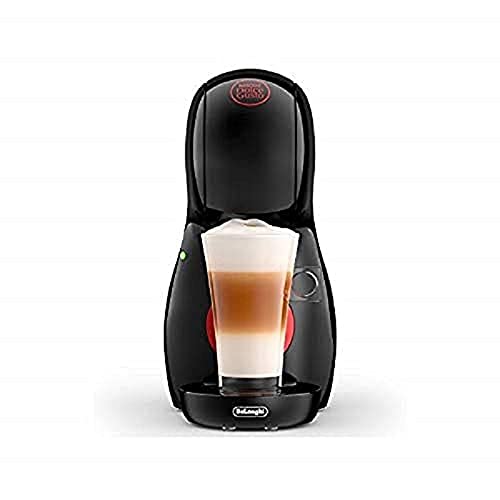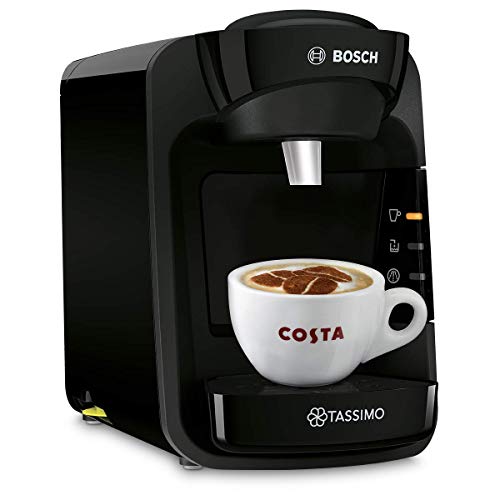 Detergent Pod-Making Machines
Detergent Pod-Making Machines
There are a variety of pod machines to choose from, ranging from K-Cup (r) and Tassimo (tm) to Nespresso (tm) or Senseo(tm). All pod coffee machine capsule machines function similarly, by heating water and pressing buttons.
The pod-making process is a bit more complicated but it's also easy enough to make at home. Here are some of the things to look for in a pod-making machine:
Detergent Pod Manufacturing
Detergent pods can be useful and efficient, as well as green. How do they make them? The process is quite simple. A single-dose pod contains dissolvable film that dissolves upon contact with water. This film is usually made of polyvinyl ethanol, which dissolves easily in water and doesn't leave any residue on clothes. The detergent formula also contains chelating agents that soften hard water, decrease the degradation of detergents, and optical brighteners for whites.
The sachets will be sealed to guard the contents from contamination and moisture while in storage, transit and even during use. Laundry pod makers employ high-speed production methods to meet the demand. They can make between 600 and 240 pods every minute. This ensures that the products meet deadlines.
Tide manufactures some of these pods. Tide uses only top-quality ingredients that are made in the United States and does not import cheaper alternatives. It also takes steps to identify and verify its raw ingredients.
A laundry pod making machine includes a product hopper that holds liquid detergent until it is used. Then, a precisely-sized dispenser fills each pod with a precise amount of detergent. The coffee machine for pods then heat seals each pod. The unique design of the machine shields the water-soluble film, and routine inspections maintain 0.02ml accuracy.
In addition to PVA, pod films contain other ingredients that help them fend off liquids and impart other properties, including the ability to taste terrible. For instance, MonoSol uses Bitrex, an ammonium quaternary compound that is known as denatonium. This chemical is so bitter that it is able to be a snare to humans in concentrations as low as 0.01%. It can also discourage pets and children from putting the sachets in their mouths.
When you're not using your laundry pods, put them in storage and keep them out of the away from children and pets. By storing them away from light and moisture you can stop their ingredients from degrading too fast. Proper storage conditions will also extend the life of the detergent. Additionally, it is important to be sure to properly dispose of laundry pods after use.
Detergent Pod Packaging
Detergent pods are an increasing trend that is gaining market share for dishwasher and laundry detergents as well as personal products like shampoo. They contain a concentrated mixture of surfactants, additional cleaning ingredients, and a water-soluble coating. They are easy to use, store and a safer alternative to liquid cleaners.
Pods aren't the same as traditional detergent containers made from PET plastic, which could contain harmful chemicals such as 1,4 dioxane. Instead, they have the harshest chemicals in a mix, and are that are surrounded by a polyvinyl-alcohol layer. These chemicals may differ based on the brand. They could include surfactants and bleaches as well as solvents, optical brighteners or enzymes. These ingredients are disclosed on the websites of manufacturers.
The PVA used in the film used to protect the pods is biodegradable and is listed on the Environmental Protection Agency's CleanGredients database. It also received the Nordic Swan eco-label, one of the strictest independent eco-labels that exist. The EPA notes it can be broken into simple, natural substances found in soil and wastewater plants.
Laundry pods are an extremely popular alternative to liquid detergent, and many brands provide an array of choices, from basic laundry detergent to stain removers and fabric softeners. According to an Nohbo study in the US laundry pods make up 15 percent of the sales of household soap.
Most pods contain a single dose, but some contain fabric softeners and stain removers as well as scent boosters. Many manufacturers also include anti-bacterial properties to the detergent to fight bacteria.
Some have complained about the fact that laundry pods don't disintegrate completely, despite their utility. This can be a result of filling the washer too full, using water that is extremely cold, or adding the pods too soon in the cycle. It could also occur when consumers don't take the time to read the instructions thoroughly because the pods require the right temperature and pressure to dissolve properly.
Pods aren't toys, so users should keep them out of reach of children and ensure they are kept in a secure place to store them. They should also be empty before being put into the washing machine or dishwasher. Recycling the packaging as soon as it is possible will help to reduce waste and prevent pollution.
Detergent Pod Filling
Laundry pods are rapidly replacing liquid detergents that are traditionally available in the cleaning market for households. The adorable little packets are convenient, simple to use and don't require any measurement. They are available in different sizes and strengths. Based on the needs of your laundry you can select from single-dose laundry detergent pods, multi-compartment pods or even powder detergent pods.
The thin film that covers pods is the key to their success. It must be able to hold solids and liquids that are chemically active, while retaining its shape. But, it must be able to dissolve completely and rapidly in water - even cold water. Many firms have landed on a polymer known as PVA that has both of these properties. The rest of the pod contains a blend of potent detergents bleaches, solvents, optical brighteners, enzymes and preservatives. Typically, manufacturers reveal their detergents' ingredients.
Pods are made of plant-based polymers, unlike powder and liquid detergents that are packaged in high-density plastic. Microbes can break down these polymers in soil or ocean water. According to researchers at the Woods Hole Oceanographic Institution, PVA breaks down in less than 70 days in sewage and sludge. This is significantly more rapid than conventional detergent which takes hundreds of years to be degraded.
While laundry pods have revolutionized the world of laundry, they're not without their disadvantages. One disadvantage is that they are more expensive than liquid or powder detergents. If you happen to accidentally lick the pod, you will be greeted by an unpleasant taste as well as burning chemically.
They're not as versatile as conventional detergents. The laundry pods are confined to the wash cycle listed on the packaging. This can be a problem for front-loading or top-loading washing machines with automatic fabric softener and detergent dispensers. If your machine has a agitator, coffee pods machine may not dissolve correctly.
If you're interested in experimenting with laundry pods, ask a local laundry shop about the best coffee machines with pods choice for your machine and your clothes. Always follow the directions. If your clothes are stained or spots after washing them in a pod do not add any more detergent. Don't dry your clothes if they have been stained by detergent because the heat could make it more difficult to remove the stains later.
Detergent Pods Inspection
Laundry detergent pods are extremely popular due to their ability to dissolve quickly and effectively in hot, soapy water. They also remove stains on most fabrics. The pods are not without controversy. Many activists refer to them as plastic and they are a growing source of marine debris and litter. Although it is true that the polyvinyl alcohol and PVOH used to make the pods are made from petroleum, the makers claim that these plastics are not as harmful as other kinds of plastics because they biodegrade in water.
Since their introduction in 2012 the laundry pods have risen in popularity. They now account for more than a third of liquid detergent sales in the United US. Many major brands now sell the Sachets, which are similar in size to an ice cube, and are available in various colors and scents. They are also marketed as green with the Cleaning Institute (which represents large detergent multinationals such as Procter and Gamble) arguing that the blending of detergent into a pre-measured dose results in less packaging, less weight and less emissions from shipping. The makers also claim that the pods' starches from plants and other natural materials help to make them water-soluble and they can be biodegraded in a short time in water treatment plants.
However, despite all the hype the pods remain risky if handled incorrectly. The thin membranes that contain the detergent can break open easily and irritate a person's skin or eyes, and if ingested by large amounts, they could cause chemical poisoning. Additionally the outer packaging that was designed to prevent children from getting into the pods could easily break at the zipper track. Consumer Reports asked manufacturers to make pods more secure in September 2012 by switching the transparent containers to opaque ones and adding child-resistant locks. A number of manufacturers responded and some have added additional safety warnings.
To avoid any issues, keep the pods away from children, seniors and pets. Keep them in a high place or locked away to discourage children from mistaking them for candy, and make sure that the detergent you choose to use is compatible with the type of washer you use. Also, be aware that cold water - especially if it's below 60 degrees Fahrenheit--might not fully dissolve the pod, and it could clog your machine or result in detergent residue on the fabric.
